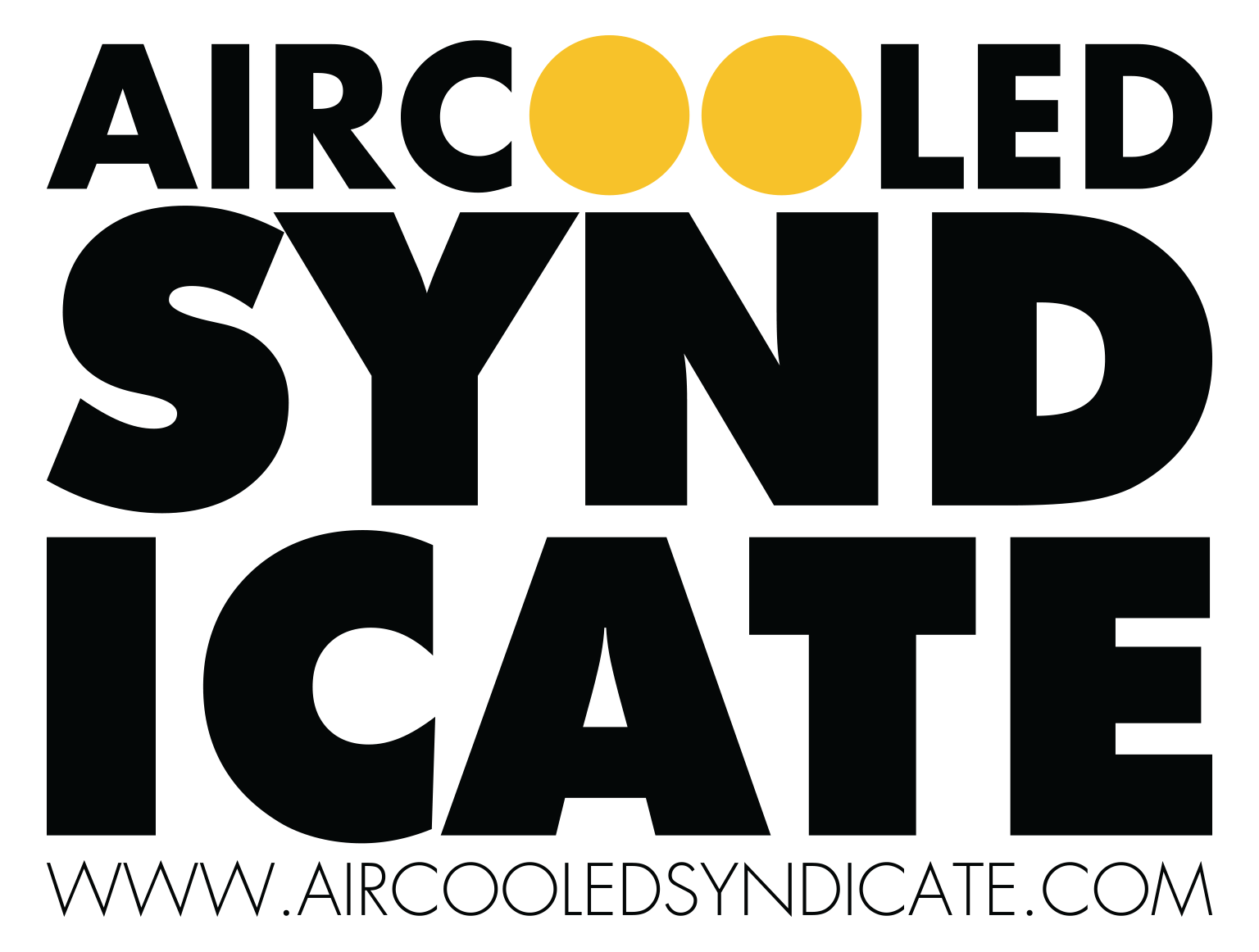The Volkswagen Karmann Ghia is a 2+2 coupe and convertible marketed from 1955 to 1974 by Volkswagen – combining the chassis and mechanics of the Type 1 (Beetle), styling by Luigi Segre of the Italian carrozzeria Ghia, and hand-built bodywork by German coach-builder Karmann.
The Karmann Ghia was internally designated the Type 14. Volkswagen later introduced a variant in 1961, the Type 34 – featuring angular bodywork and based on the newly introduced Type 3 platform.
Production doubled soon after its introduction,[5] becoming the car most-imported into the U.S.[5] American industrial designer Walter Dorwin Teague selected the Type 14 for his list of the world’s most beautifully designed products.[6]
Over 445,000[3] Karmann Ghias were produced in Germany over the car’s production life – not including the Type 34 variant. Karmann Brazil produced 41,600 cars locally for South America between 1962 and 1975.
History
The Type 14 debuted at the October 1953 Paris Auto Show as a styling concept created for Ghia by Luigi Segre.[7]
In the early 1950s, Volkswagen was producing its economy car, the Type 1 (Beetle). With an increase in post-war standards of living, executives at Volkswagen proposed adding a halo car to its model range, contracting with German coachbuilder Karmann for its manufacture. Karmann in turn contracted the Italian firm Ghia, who adapted styling themes previously explored for Chrysler and Studebaker to a Beetle floorpan widened by 12 in (300 mm).
In contrast to the Beetle’s machine welded-body with bolt-on fenders, the Karmann Ghia’s body panels were butt-welded, hand-shaped and smoothed with English pewter in a time-consuming process commensurate with higher-end manufacturers – and resulting in the Karmann Ghia’s higher price.
VW Karmann Ghia Cabriolet
The Type 14 was marketed as a practical and stylish 2+2 rather than as a true sports car. As they shared engines, the Type 14’s engine displacement grew concurrently with the Type 1 (Beetle), ultimately arriving at a displacement of 1584 cc, producing 60 hp (45 kW).
In August 1957, Volkswagen introduced a convertible version of the Karmann Ghia. Exterior changes in 1961 included wider and finned front grilles, taller and more rounded rear taillights and headlights relocated to a higher position – with previous models and their lower headlight placement called lowlights. The Italian designer Sergio Sartorelli,[8] designer of Type 34, oversaw the various restylings of Type 14.
The 1967 Type 14 Karmann Ghia convertible gained notoriety on American television as being the car driven by CONTROL Agent 86 Maxwell Smart in the opening credits of the third and fourth seasons of Get Smart. Like the Sunbeam Tiger before it, (which remained the car driven by Smart in the episodes themseleves), the character would be seen in the opening credits screeching to a halt outside of his headquarters. The Karmann Ghia was replaced in the final season credits of the show however, by the Opel GT. In the 2008 film of the same name, a Karmann Ghia once again made an appearance driven by Smart, along with its two sister cars, though the car in the film was a model from 1970. On the 1970s sitcom Good Times an orange Karmann Ghia convertible is seen briefly during the intro. The Karmann Ghia is also the subject of a secret pass phrase in the 2011 movie Cars 2.
In 1970, larger taillights integrated the reversing lights and larger wrap-around turn signals. Still larger and wider taillights increased side visibility and at the same time large square-section bumpers replaced the smooth round originals. For the USA model only, 1973 modifications mandated by the National Highway Traffic Safety Administration (NHTSA) included energy-absorbing bumpers. A carpeted package shelf replaced the rear seat.
In late 1974 the car was superseded by the Porsche 914 and the Golf/Rabbit based Scirocco.



